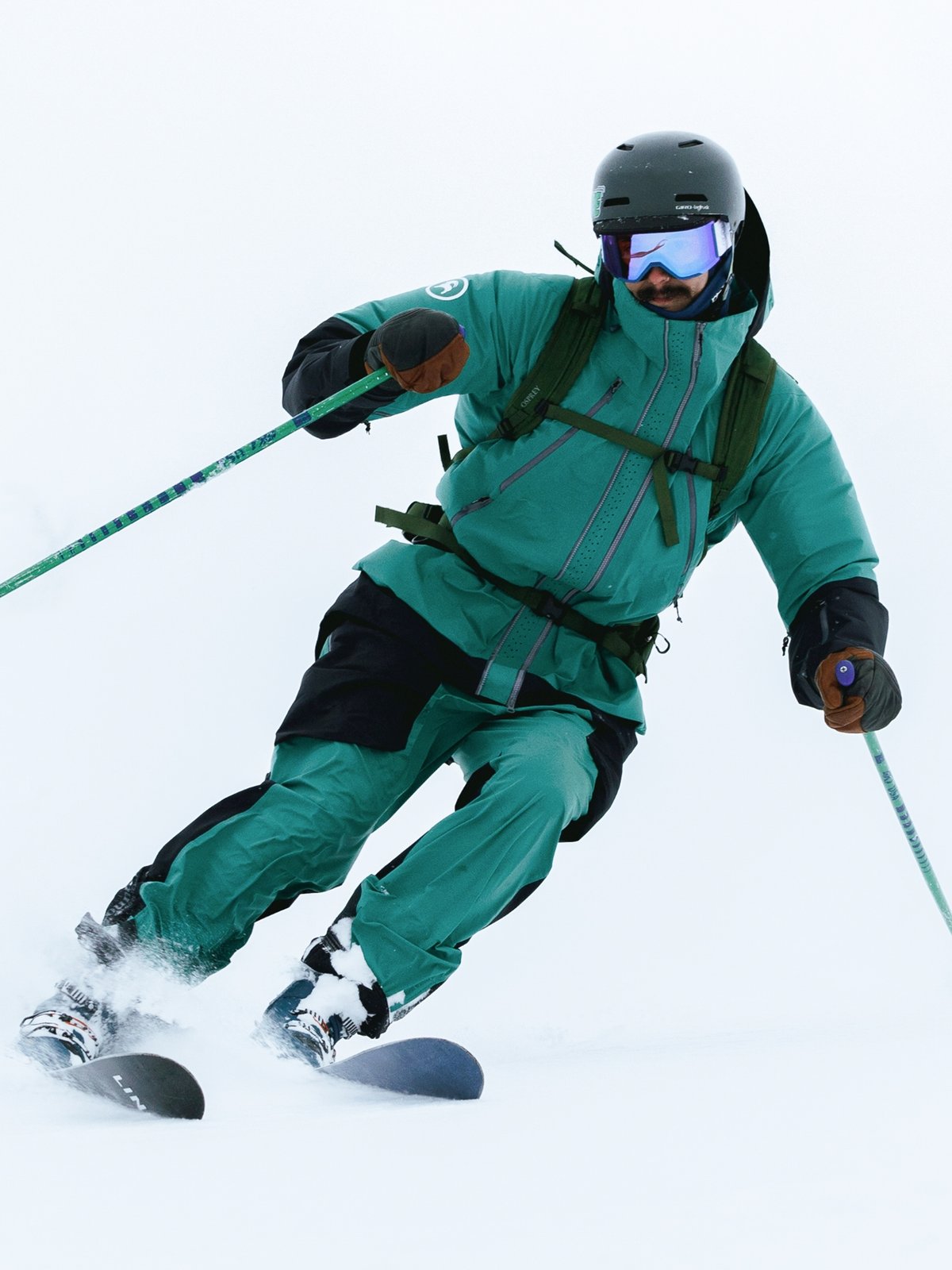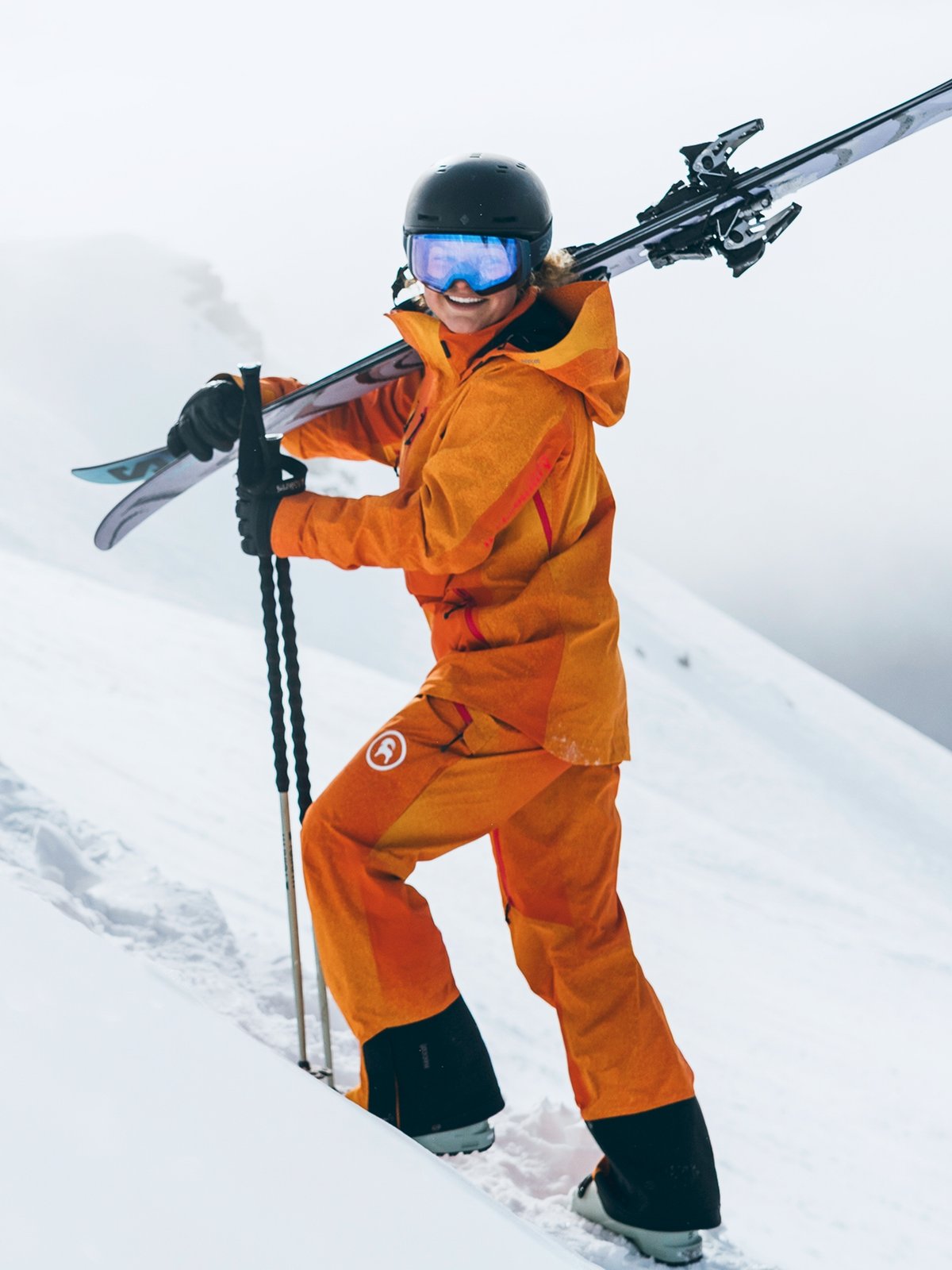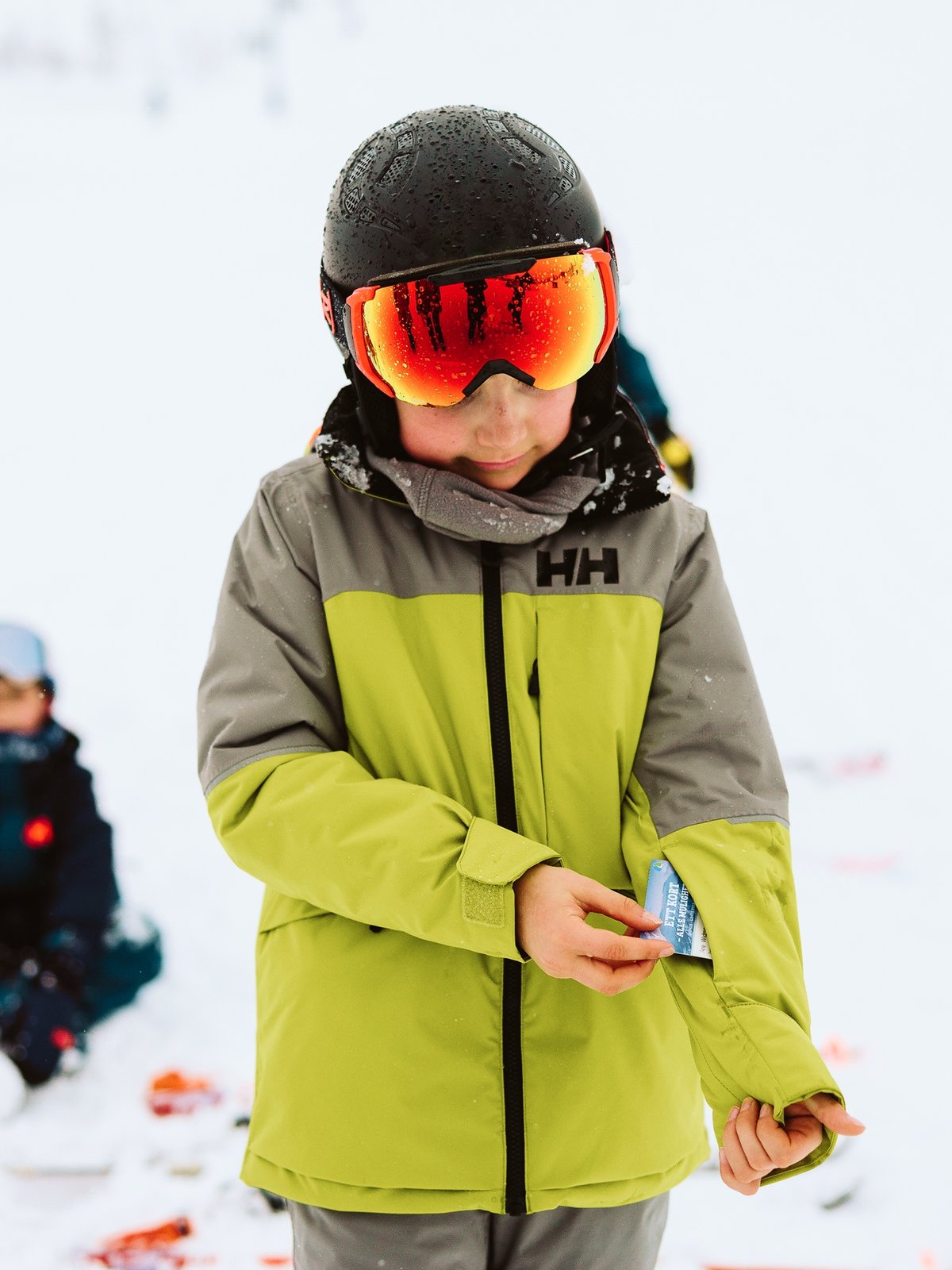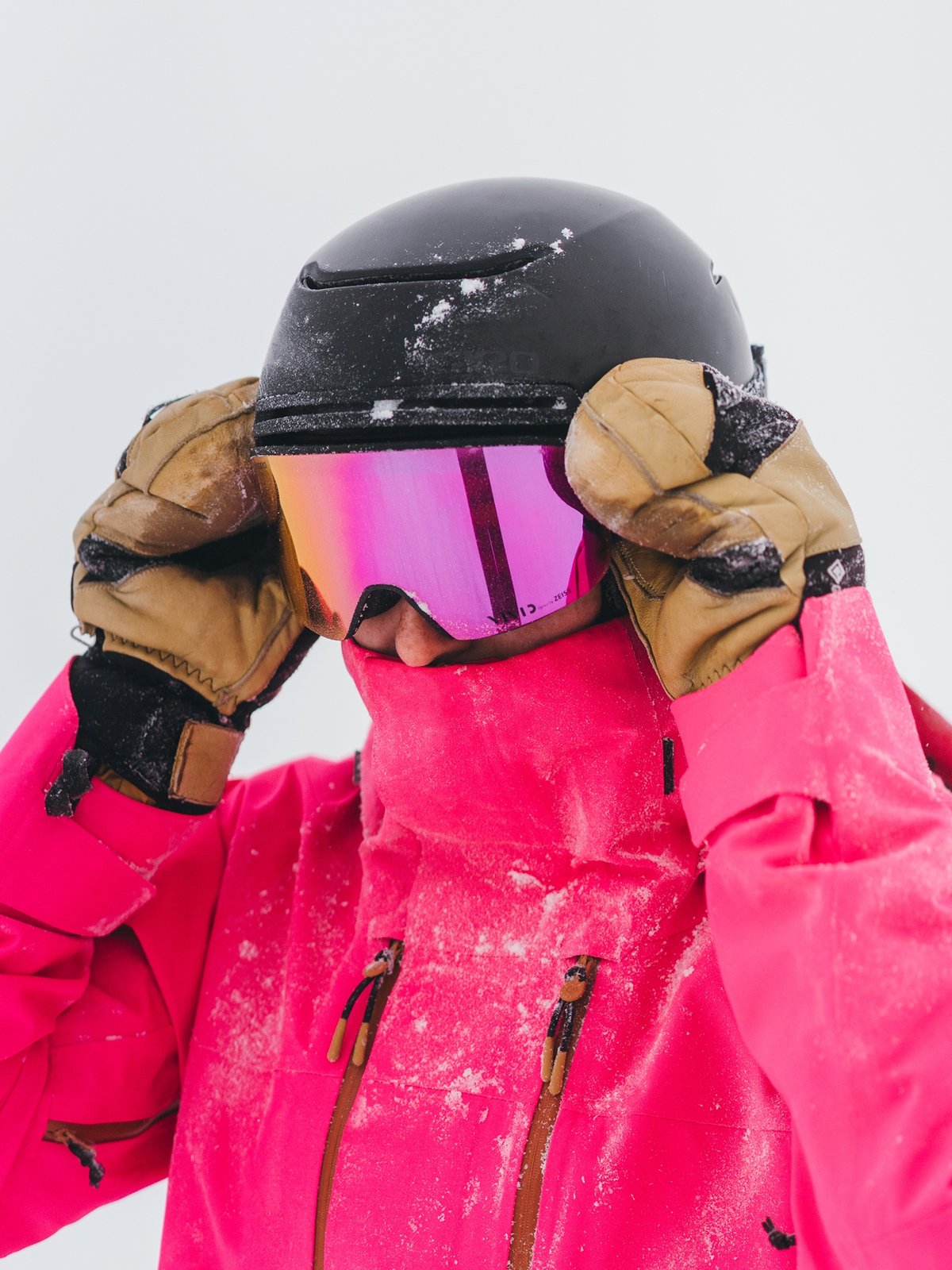2736 results
West Coast deep snow. East Coast icy gales. Everywhere in between. Winter shows up differently depending on where you are, which is why our Gearhead® Experts pulled together the best styles built to handle it all so you can make the most of the snow.

On the surface, outerwear should always match your style. But the details within are what combine to hide you from winter’s cold gaze. Here’s a quick breakdown of the tech and language used to describe the depth of a kit’s design, and its performance efficacy.
Three-layer (3L) membranes have a waterproof-breathable membrane sandwiched between a face fabric and a protective inner lining that is bonded to the membrane. Three-layer jackets are more durable and perform better than two-layer jackets, making them ideal for harsher environments. They are lighter, more breathable, more rigid, and generally more expensive than two-layer jackets.
Denier (D) is a unit of measurement that refers to the thickness of the fibers in a fabric. Touring shells are usually the thinnest, ranging from 40D to 70D. Jackets for resort skiing are usually around 100D or thicker.
Waterproof ratings of outerwear are determined by a hydrostatic head (HH) test, which measures how much water pressure the fabric can withstand before it leaks. The higher the rating, the more waterproof the jacket.
10,000mm is a decent rating for several hours on the mountain each day.
15,000mm or greater is a great waterproof rating, resistant to most snowy weather.
Fully sealed seams are essential for achieving high waterproof ratings in outerwear as they prevent water from seeping through the stitching, which is otherwise a vulnerable point in most garments.
Breathability ratings indicate how well the fabric allows moisture (sweat) to escape from the inside of the jacket, measured in grams of water vapor that can pass through a square meter of fabric over a 24-hour period.
A solid rating for most riders would be between 10,000g and 15,000g, with higher numbers signifying greater breathability, ideal for high-activity or backcountry use.
Hardshell jackets and pants provide superior wind, rain, and rough weather protection. Hardshells are often waterproof and windproof, and are built to cover you all day in wet weather.
Softshell jackets and pants are more breathable, comfortable, and less expensive than hardshells. They are great for moderate and variable conditions, or adventures where comfort is more important than protection.







